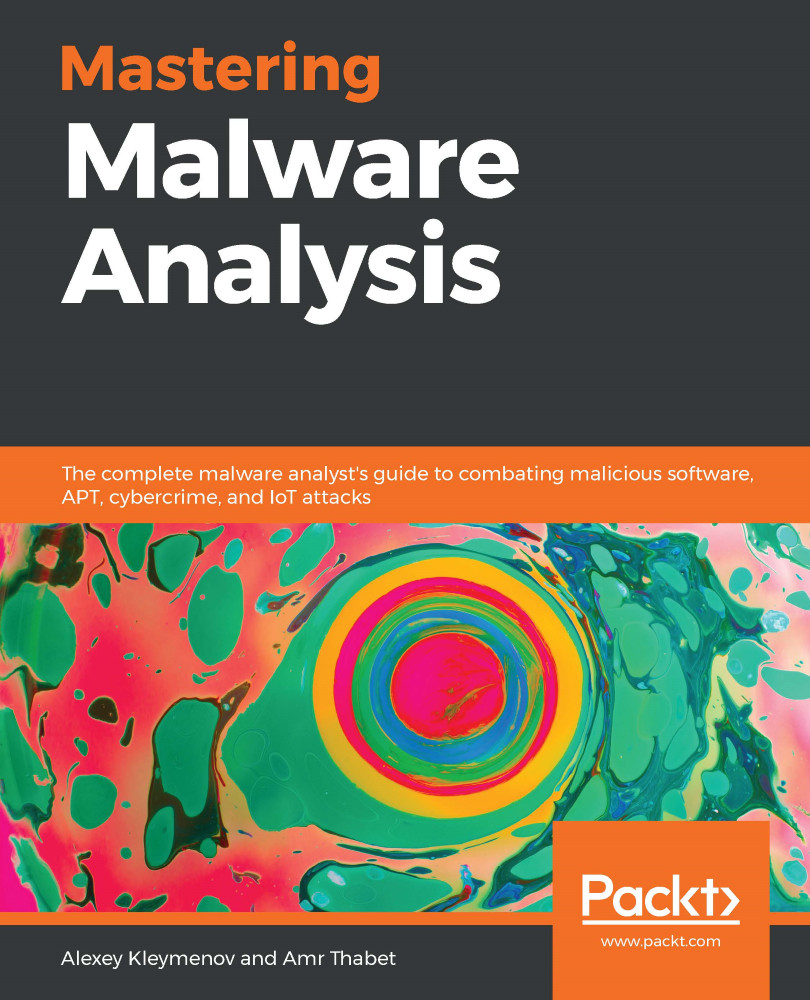Stack literally means a pile of objects. In computer science, a stack is basically a data structure that helps to save different values in memory with the same size in a pile structure using the principle of Last In First Out (LIFO).
The top of the stack (where the next element will be placed) is pointed by a dedicated stack pointer, which will be discussed in greater detail below.
A stack is common between many assembly languages and it has several functions. For example, it may help in solving mathematical equations, such as X = 5*6 + 6*2 + 7(4 + 6), by storing each calculated value and pushing each one in the stack, and later popping (or pulling) them back to calculate the sum of all of them and saving them in variable X.
It is also commonly used to pass arguments (especially if there are a lot of them) and store local variables.
A stack is also used to save the return addresses just before calling a function or a subroutine. So, after this routine finishes, it pops the return...


